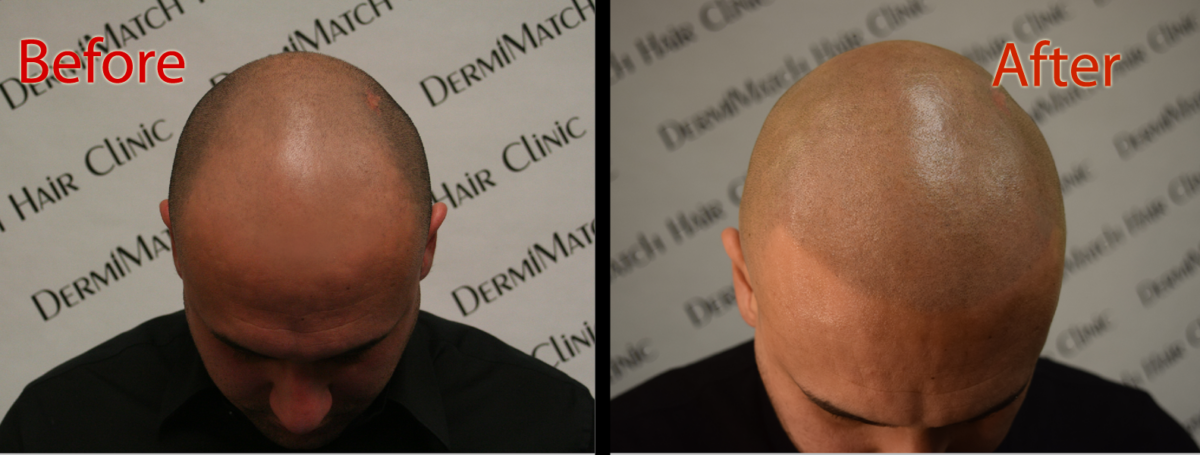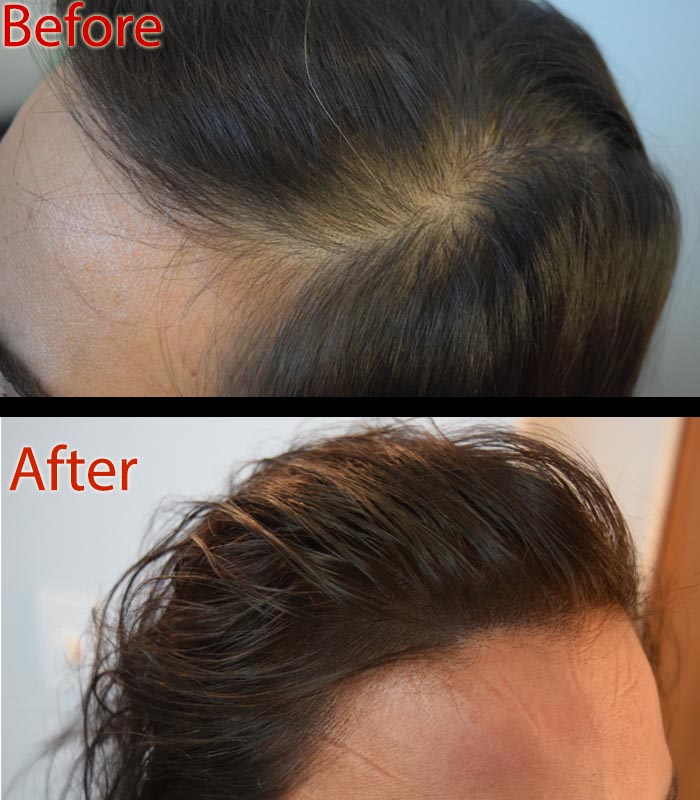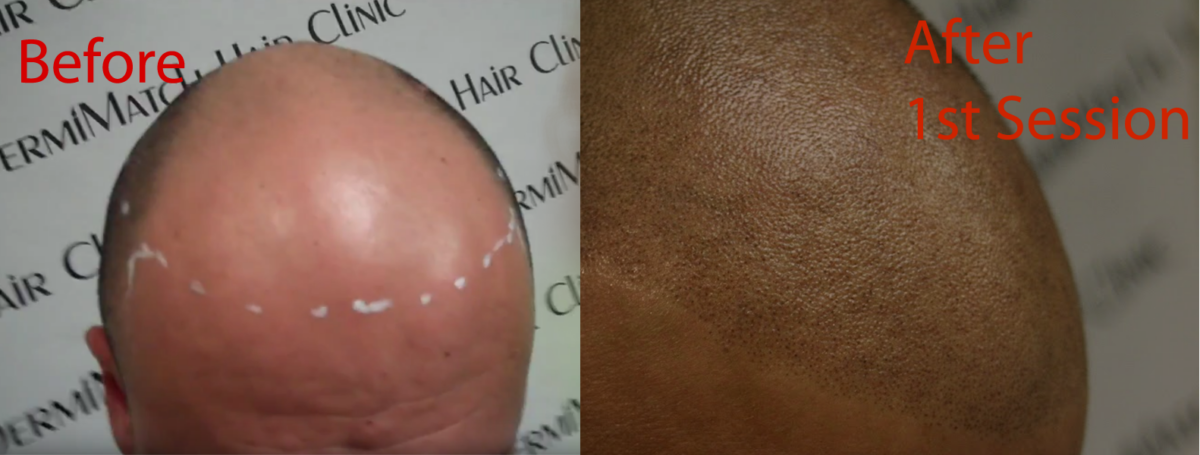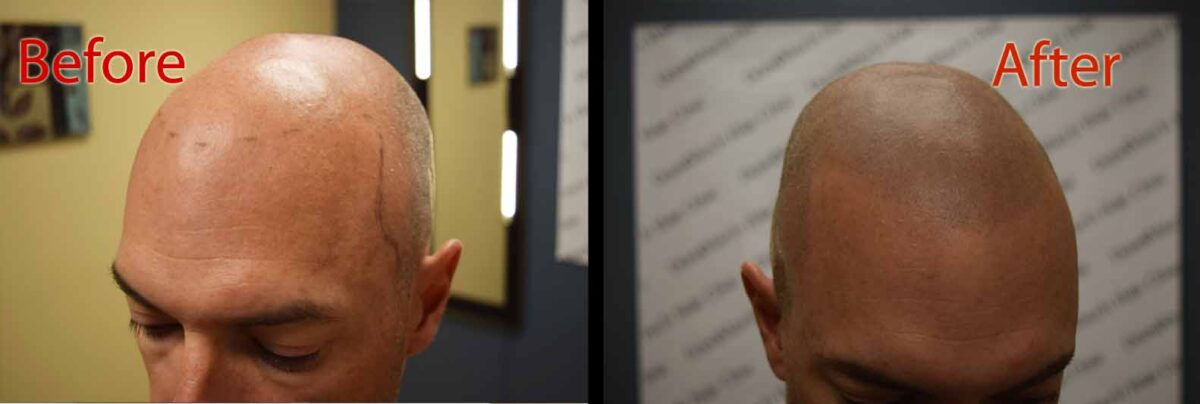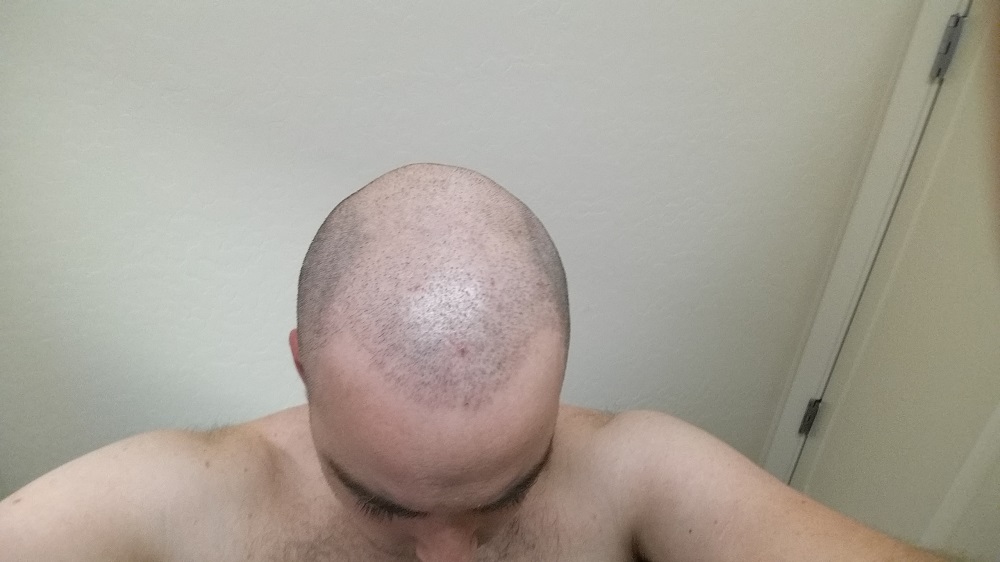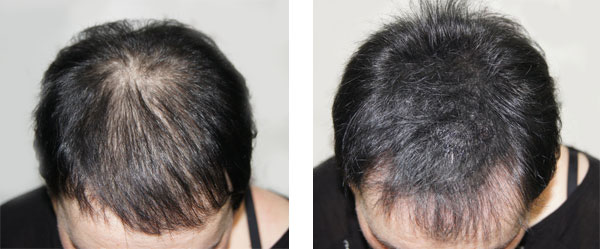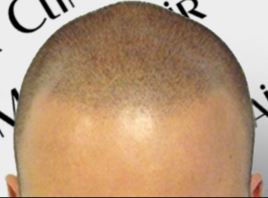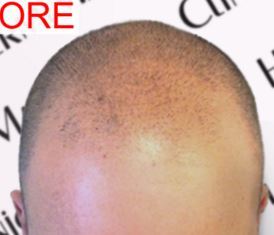Hair loss is a distressing issue that affects millions worldwide. As the beauty industry evolves, so do the solutions to combat this problem. One prominent option gaining traction is hair fillers for hair loss. The procedure aims to restore a fuller, more confident appearance. Let’s explore it further and see if hair fillers are the right solution to your hair loss woes.
Hair Fillers for Hair Loss: A Closer Look
Hair fillers offer a non-surgical approach to addressing hair thinning and loss. While they can provide temporary improvements, it’s essential to understand their limitations and potential drawbacks.
Hair fillers primarily function by:
Hydrating the scalp
Many fillers contain hyaluronic acid, a substance naturally found in the body. The role of hyaluronic acid is to plump the scalp and create a fuller appearance. This can be particularly beneficial for those experiencing dryness or dehydration of the scalp.
Stimulating hair growth
Some fillers incorporate growth factors or peptides, which are believed to stimulate hair follicles and promote new hair growth. However, the effectiveness of these ingredients in promoting hair growth is still under investigation.
Filling in gaps
The injected substance can temporarily fill in thinning areas, creating the illusion of denser hair. This can be helpful for individuals with patchy hair loss or a receding hairline.
Types of Hair Fillers
Hair fillers encompass a variety of substances and delivery methods, each targeting specific hair concerns. Understanding the different types can help you make an informed decision about whether this treatment is right for you.
Injectables
Hyaluronic Acid-Based Fillers
These are the most common type, utilizing hyaluronic acid, a naturally occurring substance in the body, to hydrate and plump the scalp. This creates the illusion of thicker hair.
Growth Factor-Based Fillers
These fillers contain synthetic or naturally derived growth factors, such as fibroblast growth factor or vascular endothelial growth factor, to stimulate follicles and promote hair growth.
Stem Cell-Based Fillers
While still in the experimental stage, stem cell-based fillers aim to regenerate hair follicles by introducing stem cells into the scalp.
Topical Fillers
Keratin-Based Fillers
These products contain keratin, a protein found in hair, to thicken and strengthen existing hair strands.
Fiber-Based Fillers
These products use tiny fibers that adhere to the hair to create a fuller appearance. They are typically applied as powders or sprays.
Limitations and Potential Side Effects
Temporary Results
The effects of hair fillers are typically temporary, lasting anywhere from a few weeks to several months. Multiple treatment sessions may be required to maintain the desired results.
Limited Effectiveness
Hair fillers may not be suitable for advanced hair loss or individuals with significant scalp thinning.
Potential Side Effects
As with any injectable treatment, there’s a risk of side effects such as swelling, bruising, infection, or allergic reactions.
Cost
Hair filler treatments can be expensive, especially when considering the need for multiple sessions to maintain results.
Realistic Appearance
Achieving a completely natural look with hair fillers can be challenging, as the results may appear artificial or uneven in some cases.
It’s crucial to consult with a qualified dermatologist or hair restoration specialist to determine if hair fillers are a suitable option for your specific hair loss concerns and to discuss the potential risks and benefits.
What’s the Alternative?
Scalp micropigmentation is a cosmetic tattooing technique that simulates the appearance of hair follicles on the scalp. It involves depositing tiny pigment dots to create the illusion of a full, shaved head or a buzz cut.
While hair fillers for hair loss offer a temporary solution for hair thinning, scalp micropigmentation provides a more permanent and realistic outcome. Hair fillers may be a suitable option for those seeking a quick fix or addressing mild hair fall, but they require ongoing maintenance and may not achieve the desired results for advanced hair loss.
Scalp micropigmentation, on the other hand, offers a long-lasting and natural-looking solution that can restore confidence and improve overall appearance. The procedure is highly customizable to match natural hair color and style. It is water and fade resistant.
But only a trained and experienced SMP practitioner in Arizona can deliver the results hair fillers for hair loss cannot. Look for top scalp experts in Arizona at DermiMatch Clinic.
They have been working with individuals suffering from various types of hair loss and delivering excellent results.
Schedule your consultation now.

